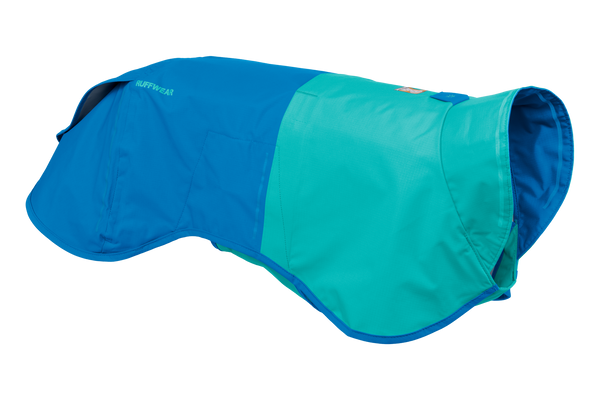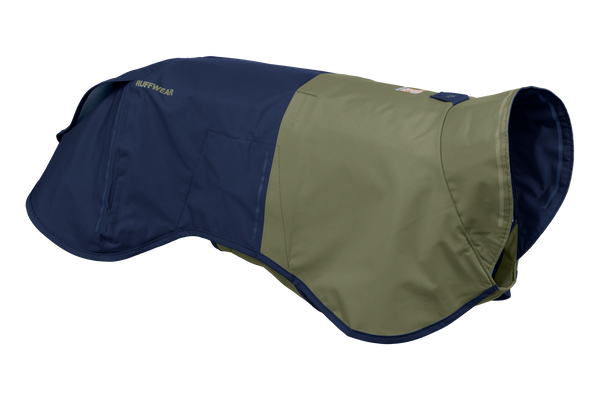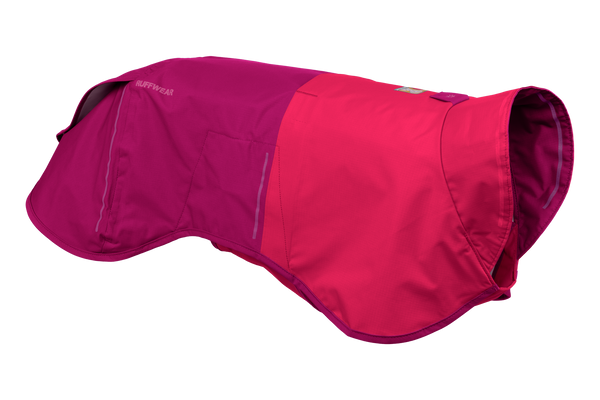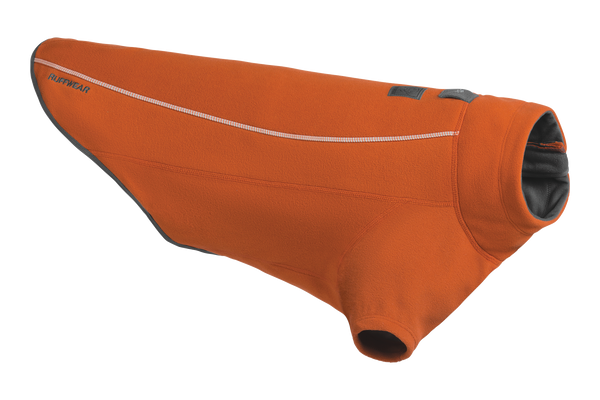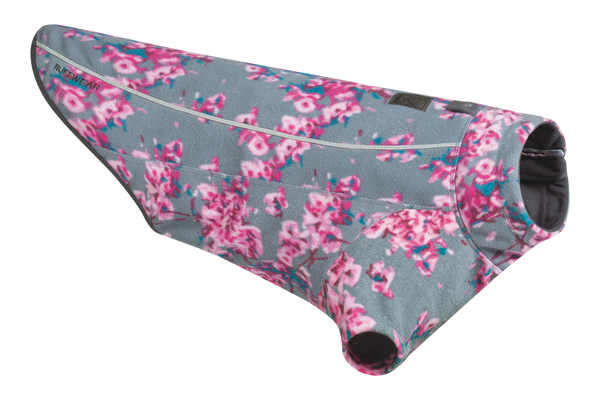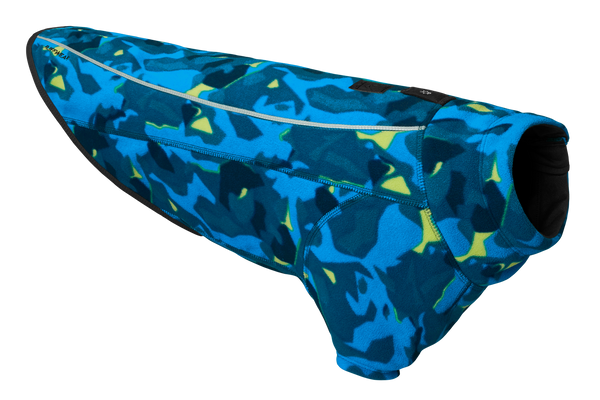4 Things to Consider Before Backcountry Skiing with Your Dog
Leanne Wren is an all-around outdoor adventurer. From mountain biking to backcountry splitboarding, she spends the majority of her time playing in the mountains and encouraging other women to get outside too. As a backcountry guide, Leanne has the experience and knowledge to explore beyond the boundaries.
Riding in the backcountry can be one of the most fun activities you do with your dog. With proper planning and practice, you can share powder turns with your best friend! In my case, my best friend is my 7-year-old Black Lab mix, Stout. He’s been coming into the backcountry with me since he was a pup. Here are four things to consider before enjoying the backcountry safely with your dog.
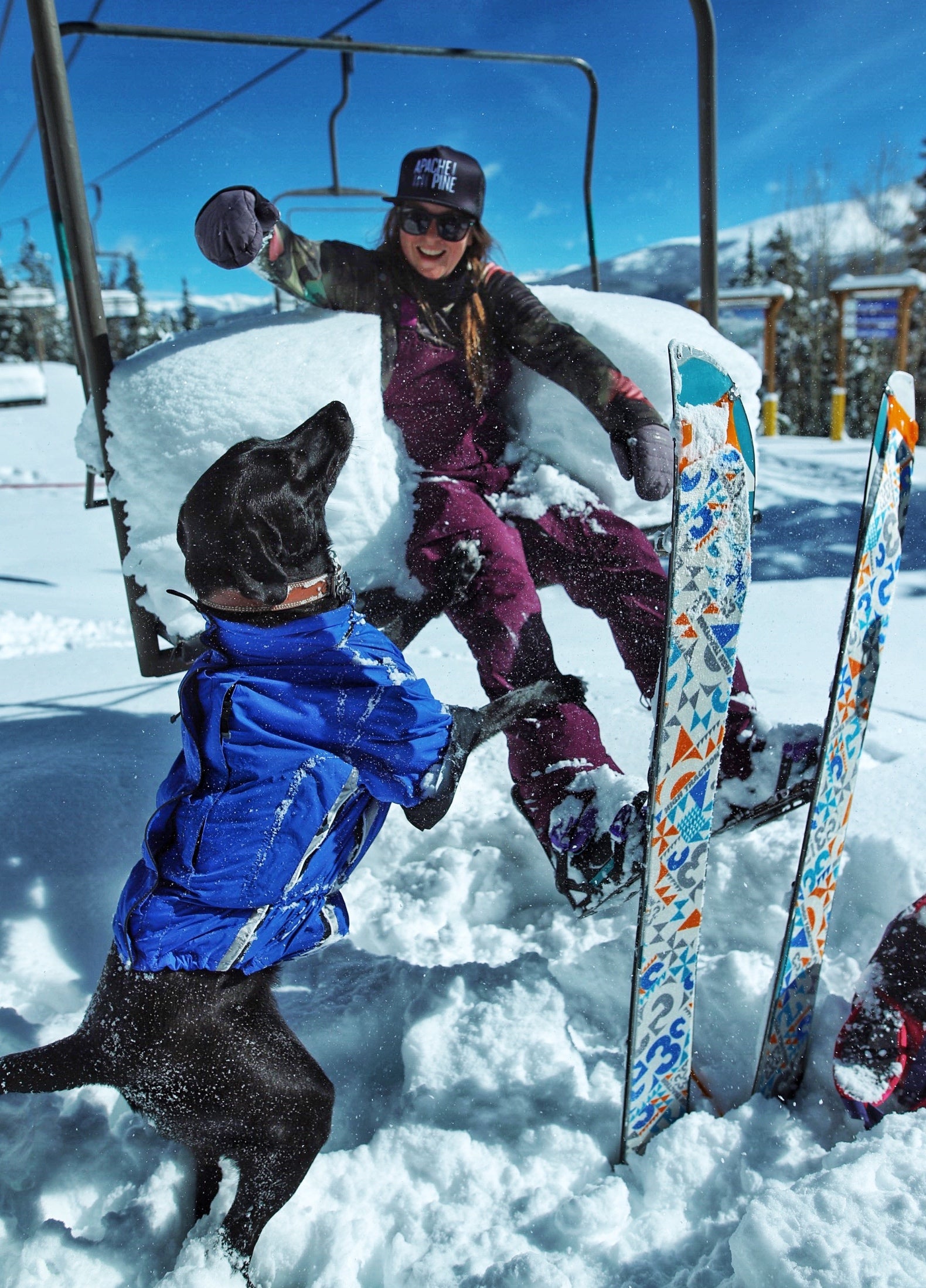
1) Is your dog built for winter backcountry adventures?
Depending on the weather and the terrain you're riding that day, almost any dog can be a backcountry adventure dog. Big/small, long hair/short hair – pay attention to your dog and make sure they are in shape for the adventure you’re planning. Stout is a fair-weather touring partner. If it’s below freezing, he’s not coming. Lucky for us, we live in sunny Colorado, so he gets to join most of the winter!
2) Does your dog have the right skills and training?
Practice makes perfect. Start small. Choose a flat, snowy closed road or a mellow hiking trail where you can use your touring gear. Get your dog used to poles and staying out of the way of skis (you do not want to see a dog leg after an impact with the edge of a ski). There are many distractions while on trail, such as oncoming skiers, wild animals, and other recreationists with dogs.
Practice off leash commands before bringing your dog to a busy trailhead. I say “off trail” and Stout will pull off to the side of me and sit. If your dogs still need practice, get a leash that is long enough to give them space to avoid your skis while they learn.

3) Have a plan and be prepared
Going into the backcountry with your dog adds a whole other element in the decision making process. Just like any backcountry adventure, having a plan and being prepared is key. Make sure that you and your dog are going to be comfortable in the cold and stay in appropriate terrain. Always consider avalanche danger and deep snow.
A few other tips:
- Look at the weather forecast – will you and your dog be able to stay comfortable with the temperature and wind chill?
- Look at the avalanche danger – Stout does not join me in avalanche terrain, but I’ve made it a habit to look at the avalanche bulletin whenever I go into the backcountry, avalanche terrain or not.
- Map your route – make sure your dog is able to handle the vert and distance planned for the day. If most of the route is on a hard pack established trail, Stout can go much further. If we’re breaking trail in fresh snow, we’re probably only doing 1 short lap.
- Pack for your day – you have to pack for yourself and your pup!
4) Dog Gear Packing List:
- Insulated jacket – pack that insulated jacket for you and for your pup for those cold days. Stout likes Ruffwear’s Stumptown™ Quilted Dog Coat.

- Water and snacks – pack a water bowl and extra water for your dog. Remember high energy snacks for yourself and your pups – they are burning energy just like you. Stout’s favorite bowl is the Bivy™ Collapsible Dog Bowl.
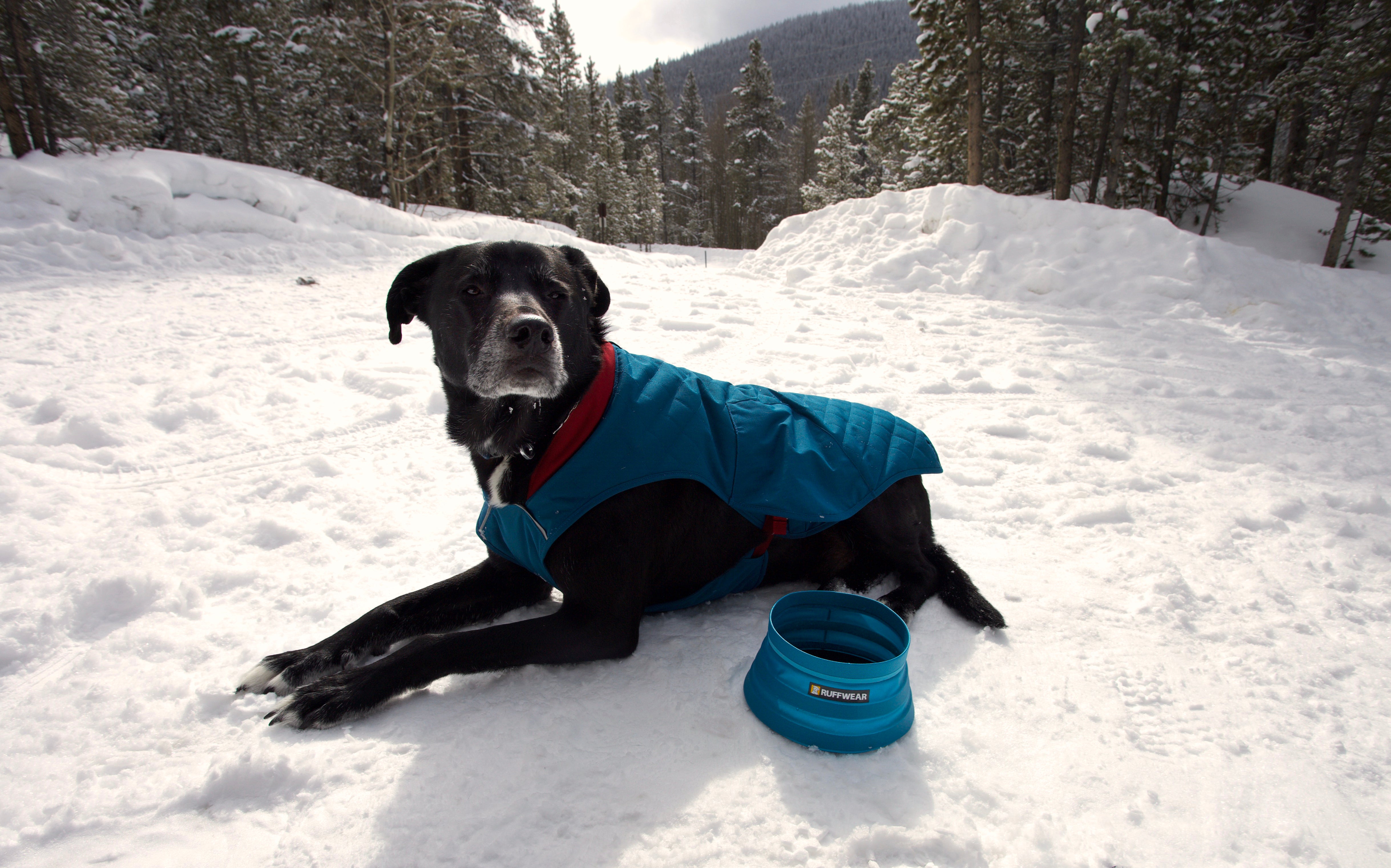
- First aid/emergency kit – Vetrap, liquid bandage for dogs, paw soother, LED collar light, emergency blanket, tarp or emergency sled (if you have a big dog you wouldn’t be able to carry out).
- Warm, dry items to leave in your car for when you return – nothing like a warm dog bed and dry blanket or towel for your furry friend after a day in the snow. Stout’s favorite blanket is the Ruffwear Highlands™ Dog Pad.

- Poop bags – please do not leave used bags on the trail! I use biodegradable bags. I also have a plastic container I can throw them in if there isn't trash nearby, and I don't want to smell dog poop in my pack the whole tour.
Go ride with your dog!
I’m a faster rider than my dog in deep snow, so I have him follow me in the powder. Be sure to listen to and watch your dog. Although your dog can’t tell you they are cold or tired, look out for signs like favoring cold paws, shivering, or slowing pace.
Lastly, know when to choose another activity with your dog. Big powder day? Cold windy weather? Scouting a zone for the first time? Finally riding that avalanche chute? If any of these are the case, it’s not the ideal day to bring your dog along. Consider another adventure with your dog that day instead.
Have a great time out there – and don’t forget to both rest up after a big day in the backcountry!













